UWE-3
Mission
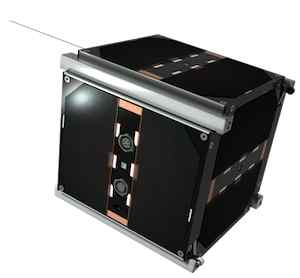 The picosatellite UWE-3 is the third generation of a series of micro – satellites of the University of Würzburg. In order to cover another important milestone in a development program for the realization of small satellite formations, is in the education of students, the primary technical objective to revise the existing attitude determination system and to extend a simple position control system. Thus, the development of technical bases for the realization of robust pico – swarms to be brought forward. The secondary technical aim of the UWE-3 mission is to test the latest developments robust hardware and software designs on COTS – based in real space environment , so as to demonstrate the services here progress.
The picosatellite UWE-3 is the third generation of a series of micro – satellites of the University of Würzburg. In order to cover another important milestone in a development program for the realization of small satellite formations, is in the education of students, the primary technical objective to revise the existing attitude determination system and to extend a simple position control system. Thus, the development of technical bases for the realization of robust pico – swarms to be brought forward. The secondary technical aim of the UWE-3 mission is to test the latest developments robust hardware and software designs on COTS – based in real space environment , so as to demonstrate the services here progress.
Orbital parameters
Name UWE-3 NORAD 39446 COSPAR designation 2013-066-AG Inclination (degree) 97.763 RAAN 335.973 Eccentricity 0.0072012 ARGP 274.772 Orbit per day 14.75751424 Period 1h 37m 34s (97.57 min) Semi-major axis 7 021 km Perigee x apogee 592 x 693 km Drag factor 0.000218080 1/ER Mean Anomaly 84.530
Downlink
437.385 MHz, 9k6 baud FSK.
Callsign
DP0UWG
TLE
UWE-3 1 00322U 00322A 13325.30958044 .00000000 00000-0 10000-4 0 9 2 00322 97.7938 38.2572 0071407 196.4550 338.7204 14.75273655 00
Telemetry
UWE-3 9k6 decode 21-11-2013:
2013-11-21 14:47:59.380 UTC: [60 Bytes KISS Frame (without CRC)]
ctrl: 3 PID: F0 {UI} 41 Payload Bytes
from DP0UWG to DD0UWE:
1 > 00 53 20 64 64 59 B3 21 02 FC 14 6A 13 00 00 18 6A 86 F4 42
21 > 59 5E 34 10 07 00 17 58 10 1F 00 17 36 01 F5 FD DE E8 F4 F5
41 > DC
.S ddY³!.ü.j....j†ôBY^4....X....6.õýÞèôõÜ
UWE-3 Telemetry 25-01-2014 19:56 UTC
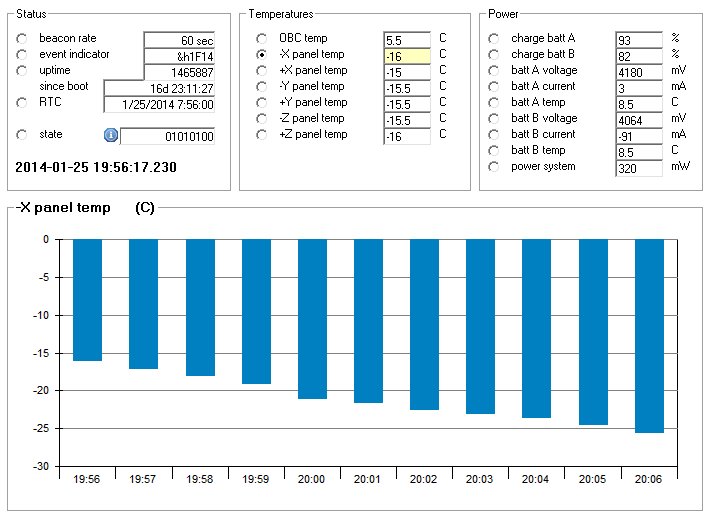
Status
Expected to be launched with Dnepr from Yasny, Russia in the end of 2013. Active, received and decoded.
UWE-3 In-Orbit Interference Analysis
From beginning of UWE-3 operations the downlink quality from the satellite to ground was excellent, showing high signal strengths even at low elevations. However, the telecommand uplink was initially difficult showing temporarily significant transmission failure rates. From beginning of 2014 the uplink quality degraded even further.
After excluding hardware problems from the list of potential failure sources it could be revealed that the uplink quality significantly depends on the location of the ground station and the frequency used, due to local interferences on parts of the amateur radio spectrum. A change of uplink frequency could significantly improve operations. In beginning of June 2014 a software update has been uploaded to one of the redundant onboard-computers of UWE-3. Among other features, the update included several new experiments targeting the analysis of the link quality. In order to further analyze the spatial distribution of in-situ interference levels for the whole amateur radio spectrum, an RSSI frequency sweep experiment has been implemented. The experiment allows to monitor and log measured RSSI noise levels while automatically scanning over a specified frequency range.
Several frequency sweeps have been recorded in third quarter of 2014, each lasting several days to ensure global coverage. The results discussed in the following base on measurements recorded between 06.08.2014 and 11.08.2014 and are representative for the observations made. The recording comprises more than 100.000 data points downloaded from the satellite in a 1.5 MB compressed data file.
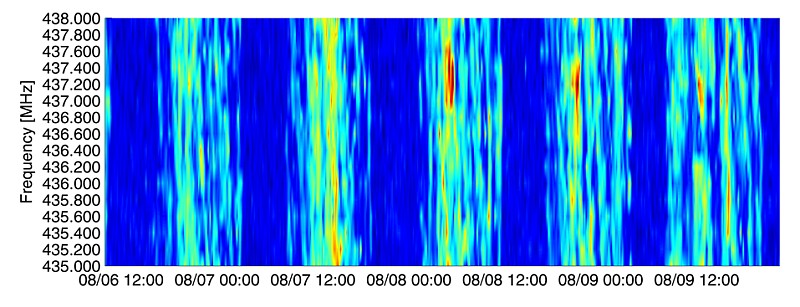
Figure 1: Extract from the raw RSSI [dBm] measurements over time [UTC]
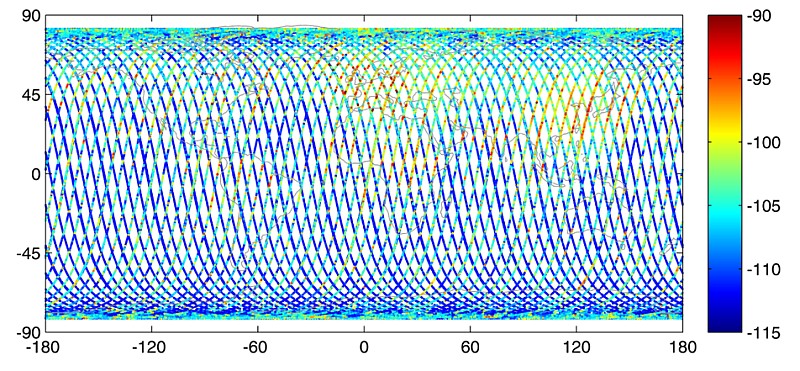
Figure 2: Orbit coverage of measurement recording.
The downloaded measurements have been mapped to their instantaneous sub-satellite points. The recorded data points show sufficient coverage of the entire globe and can be properly used as a grid for spatial interpolation to generate a global interference map for each frequency under investigation. It can be seen that the average interference levels vary significantly with location and observed frequency. Especially orbital regions connected to central Europe seem to be affected significantly on a wider frequency band between 437.000 MHz and 437.600 MHz.
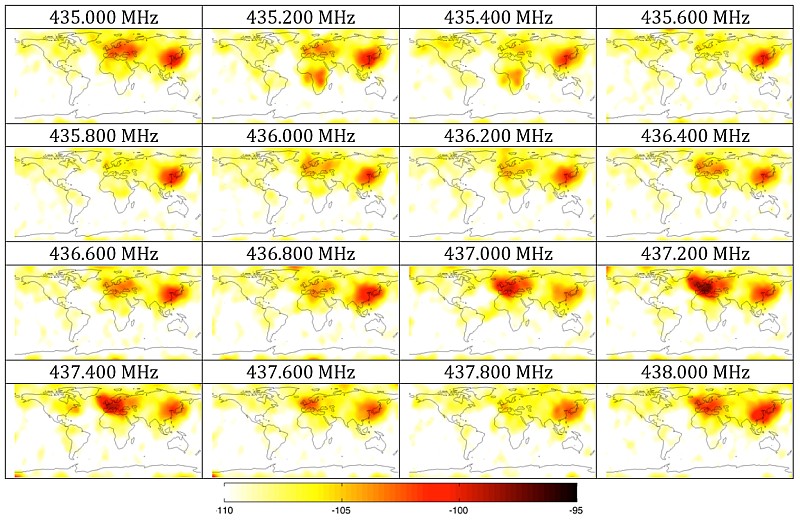
Figure 3: RSSI [dBm] average interference world plot between 6.8.2014 and 11.8.2014.
The results reflect our experiences when operating UWE-3 during the first six month after launch. They further underline the importance of proper frequency selection for satellites using the radio amateur bands. Moreover, the results emphasize the requirement for in-orbit frequency re-configuration to be able to react to changes of inevitable global interferences caused for example by military space surveillance radars.
These and further results are published in:
Busch, S., Bangert, P., Dombrovski, S., Schilling, K., UWE-3, In-Orbit Performance and Lessons Learned of a Modular and Flexible Satellite Bus for Future Picosatellite Formations, 65th International Astronautical Congress, Toronto, Canada, Online Reference: 14.B4.6B.6
Yours sincerely, UWE-3 Team
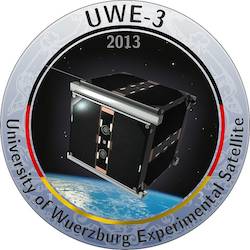 Homepage and other references:
Homepage and other references:
UWE-3 information: link.
